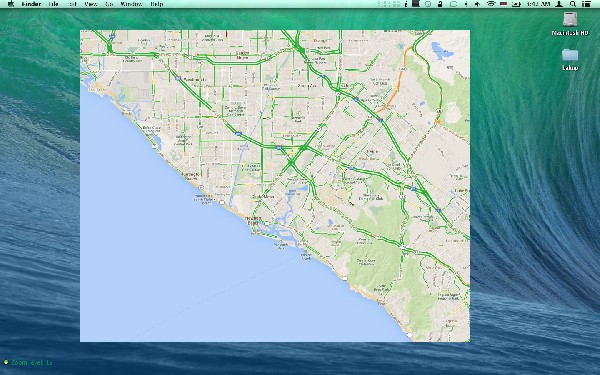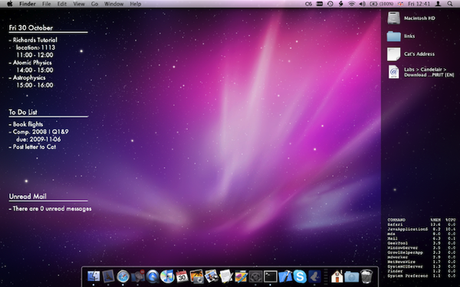
The main reason for splitting the profiles into two, was to use one profile for launching Geektool at login and the second profile deals with organization settings for Geektool: refresh rate, script, color of the text, etc. Note for this to work, I have found that having two profiles was the easiest solution but your milage may vary. Testing will be outside the scope of this post but a hint if you are running into errors: open Geektool manually and paste your script directly into the application. For that reason if you make to many changes to the script you will need to test for compatibility with GeekTool. The plist file needs to have & encoded as &.

Now is a good time to mention that the script inside of the plist has been modified from the original geektool_script.sh script. Scroll down to line 116 and change the following line to something useful.
#Geektool geeklets zip#
Open the main plist .plist from the gist zip file. Lets start by changing the Help Desk Phone Number in my script. This will be the most time consuming process so start small. Note: If you wish to use the script as is, feel free to skip below to creating the profiles. This includes two command lines tools created by Tim Sutton, Geektool.app, the gist with all the necessary plist files, and a profile to launch Geektool at login. If you have not done so already you will want to download all five (5) of the requirements above.

Unless you want to manually copy and paste on every computer…for every user profile…in your entire fleet. Great now what? Well that script does nothing for you. You want the refresh rate low so when the network drops or you get a new IP address you can easily see changes. It defaults to refreshing every 30 seconds, though you can modify this in the .plist file, which has negligible performance toll on Mac clients. In short, this is simply a bash script that Geektool is running in the background.

Requirements -You will want to download and save these somewhere.


 0 kommentar(er)
0 kommentar(er)
